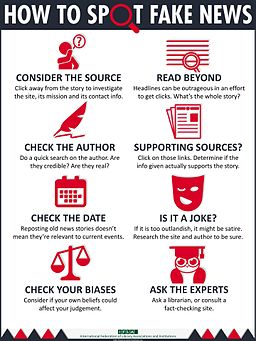 |
| Deep Learning / Ian Goodfellow, Joshua Bengio and Aaron Courville. MIT Press, 2016. |
During the session, TED speakers explored "ideas about the exciting — and terrifying — future of human-robot collaboration."
One of the speakers referenced deep learning, which immediately brought to mind this book on our new book shelf. It defines deep learning as a "form of machine learning that enables computers to learn from experience and understand the work in terms of a hierarchy of concepts." Seemingly benign, and the book's cover is soothing at first glance, with its profusion of blossoms. On close examination, the cover art work has multiple layers of meaning, and it is this multiplicity of issues surrounding deep learning and neural networks that the TED Radio Hour speakers address. It makes for fascinating listening! The four talks are linked here:



